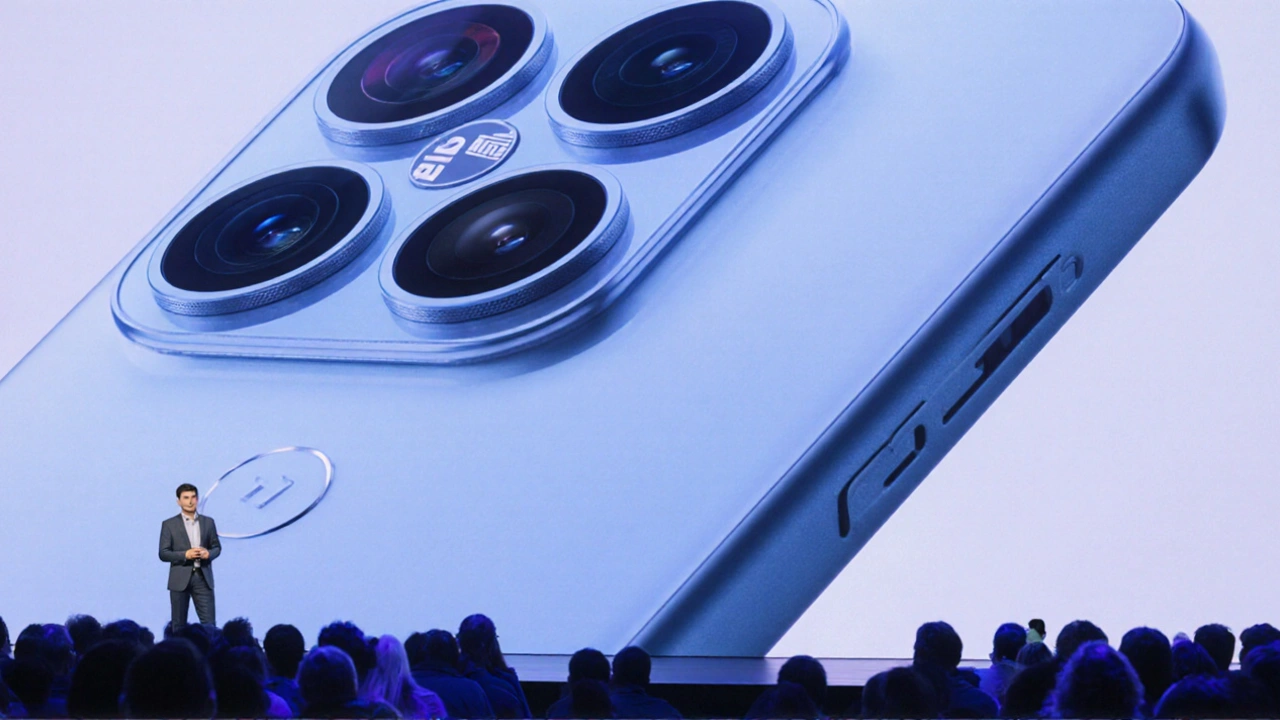100W Charging: Fast Power Tips & Best Practices
If you’ve ever wondered why your laptop powers up in minutes while a phone still takes ages, the answer usually lives in the charger’s wattage. A 100W charger can push a lot of energy through a USB‑C cable, meaning laptops, tablets, and even some phones charge way quicker. But speed isn’t the only factor – safety, cable quality, and device compatibility matter just as much.
Why 100W Matters
Wattage is the product of voltage and current (W = V × A). A 100W charger typically runs at 20 V and delivers 5 A, which is enough to power most 13‑inch laptops and larger tablets without breaking a sweat. The big win? You can use the same charger for multiple devices, cutting down on clutter. It also helps when you’re on the go – a single brick in your backpack can refill a laptop, a tablet, and a phone in one sitting.
Another perk is less heat. Higher‑wattage chargers work at lower current for the same power, which means the cable stays cooler. That translates to longer cable life and less wear on your device’s charging port.
How to Get the Most Out of 100W Charging
First, match the charger to the device. Check the device’s power requirements – most modern laptops list something like “100W max” on the bottom or in the manual. Using a 100W charger on a device that only needs 65W won’t hurt; the charger will simply supply what the device asks for. The reverse, though, can damage a low‑power gadget if the cable isn’t PD‑compatible.
Second, invest in a quality USB‑C cable. Not all cables can handle 5 A. Look for cables labeled “USB‑C PD 100W” or with an e‑marker chip that negotiates the correct power level. Cheap cables might advertise “fast charging” but stall at 3 A, throttling your speed.
Third, keep the port clean. Dust or lint can cause poor contact, leading to slower charging or intermittent connections. A quick blow with compressed air once a month keeps things smooth.
Fourth, avoid daisy‑chaining too many devices on a single hub if you need full 100W. A powered hub can split the power, but each downstream port will get less than the full wattage. If you’re charging a laptop and a phone together, expect the laptop to take the bulk of the power.
Finally, be aware of temperature. While 100W chargers stay cooler, your device’s battery still generates heat while accepting power. If you notice it getting unusually hot, pause the charge and let it cool down – it protects long‑term battery health.
Bottom line: 100W charging is a game‑changer for anyone juggling multiple high‑power devices. Pair a reliable charger with a PD‑rated cable, match the power to your gear, and stay mindful of heat and port cleanliness. You’ll enjoy faster fills, fewer chargers, and a tidier workspace – all without risking your devices.

Xiaomi 17 Pro Max Unveiled: 100W Charging and Snapdragon 8 Elite Gen 5 Take on Apple and Samsung
On September 25, 2025, Xiaomi rolled out its 17 series, headlined by the 17 Pro Max. The phone boasts a world‑first Snapdragon 8 Elite Gen 5 chip, 100‑watt PPS fast charging, and a massive 7,500 mAh battery. Its 6.9‑inch QHD AMOLED screen and triple 50 MP camera setup aim to outshine Apple and Samsung flagships. Xiaomi positions the device as a premium alternative with aggressive pricing. Global shipments are slated for the coming weeks.
